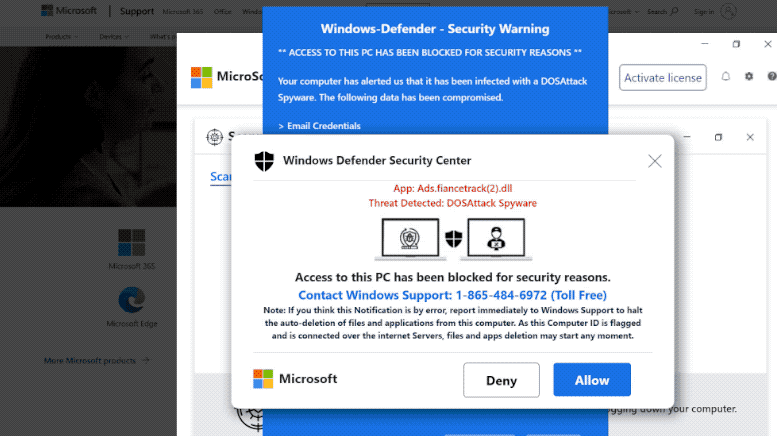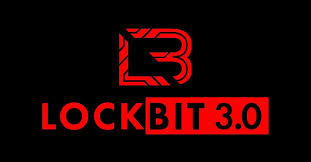Phishing is no longer limited to email. Attackers now use professional networking platforms such as LinkedIn to reach employees in ways that bypass traditional security layers. These platforms mix personal interaction with business communication which creates an ideal environment for social engineering. The shift is intentional and reflects how modern threat actors adapt to changing communication habits inside organisations.
The points below break down why platforms like LinkedIn have become a primary target and what this means for enterprise security.
Traditional security controls do not cover these platforms
Corporate security tools are built to monitor email. When communication moves to LinkedIn those tools lose visibility. Employees often access LinkedIn on company devices yet those interactions are not monitored or logged. This gap gives attackers a clear advantage.
Modern phishing kits already challenge email security through rapid domain changes and layered obfuscation. When attackers combine these techniques with a channel that security teams do not inspect the success rate increases dramatically.
The cost for attackers is low while the scalability is high
Launching a phishing attack on LinkedIn requires very little effort. Creating a fake profile or taking over an existing one instantly gives the attacker credibility. Many LinkedIn accounts rely on weak authentication which makes them easy to compromise.
Once attackers control an account they can send messages to hundreds of connections in seconds. The scale and speed of this vector make it far more efficient than traditional email phishing.
High value targets are easy to identify and approach
LinkedIn provides a clear view of job roles teams responsibilities and organisational structure. Attackers can quickly identify people with administrative access financial authority or technical privileges.
Because these messages arrive through a platform that enterprises rarely monitor the communication stands out more than a typical email. This increases the likelihood of interaction and eventual compromise.
Users naturally trust communication inside LinkedIn
LinkedIn is a platform where people expect outreach from professionals recruiters and colleagues. This social expectation lowers suspicion.
If an attacker hijacks a real user profile the message appears even more legitimate. People trust familiar faces and shared connections which becomes a powerful tool for social engineering.
Successful attacks lead to high value enterprise access
A compromised LinkedIn account might seem minor but it often becomes the starting point for a serious breach. Attackers use stolen credentials to access corporate portals cloud services and single sign on systems.
Once inside they may move laterally steal data or gain control over sensitive business processes. What begins with a simple message can escalate to a major enterprise incident.
Conclusion
Attackers target LinkedIn because it offers visibility scalability trust and minimal security oversight. It presents an ideal environment for social engineering and credential theft.
Organizations must recognize that modern phishing has moved beyond email. Employees should be trained to treat LinkedIn messages with the same caution as unsolicited emails. Strong authentication and expanded monitoring should apply to any platform used on corporate devices.
The shift toward professional networking platforms marks a new stage in social engineering and requires updated strategies to defend against evolving threats.





